

Bit and Bot Massacre
gamer level 9
82909 xp
82909 xp
followers
129
129
Use my invite URL to register (this will give me kudos)
https://boardgaming.com/register/?invited_by=sephiroth2906
profile badges




recent achievements

El Dorado
Explore select games by completing a series of exploration actions ...learn more »
Explore select games by completing a series of exploration actions ...learn more »

Lookout
Follow a total of 30 other gamers.
Follow a total of 30 other gamers.

Stone of the Sun
Explore select games by completing a series of exploration actions ...learn more »
Explore select games by completing a series of exploration actions ...learn more »

Reporter
Earn Reporter XP to level up by completing Reporter Quests!
Earn Reporter XP to level up by completing Reporter Quests!
Player Stats
Critic (lvl 3)
1465 xp
1465 xp
Explorer (lvl 5)
6150 xp
6150 xp
Professor (lvl 3)
1039 xp
1039 xp
Reporter (lvl 4)
1844 xp
1844 xp
About Me
I enjoy most any kind of game. Current favorites include Mage Knight, Quarriors, Killer Bunnies and Mr. Jack. Some of my all time favorites include Heroquest, Necromunda and Warhammer Quest.
Nowadays, I am on the lookout for games to play with my 5 year old daughter, and changing up the rules to make that work if necessary. Cthulu Dice, Gulo Gulo, Zombie Dice and Elder Sign are big favorites for the little tyke right now.
Oh, and Candy Land...






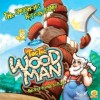




























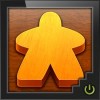
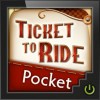
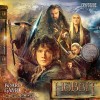
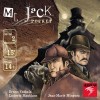




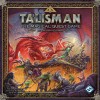


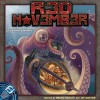






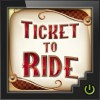

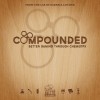
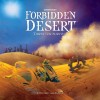





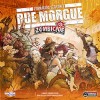







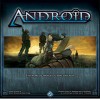











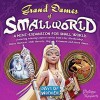
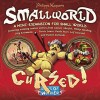




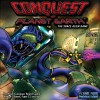
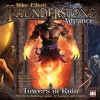






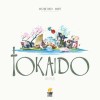







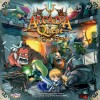





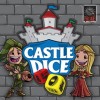
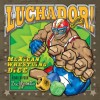



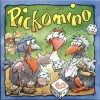














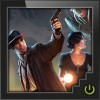



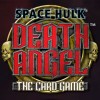
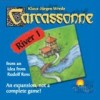
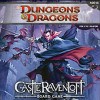




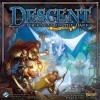



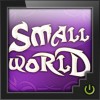
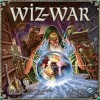




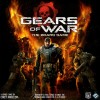
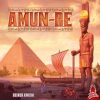



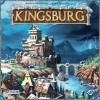



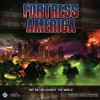

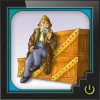
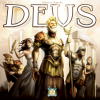
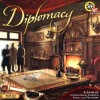












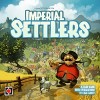
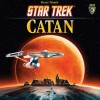



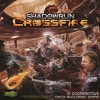



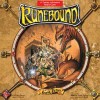

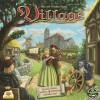
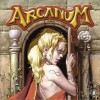
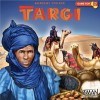











Pass the Pigs
Have you ever thought that dice would be so much better if they were pigs instead of cubes or dodecahedrons? If so, there is no reason to read any more of my blather. Go buy this right now!
What?
For the 99.99999% of you who read that and are confused, yet did not click “not helpful” and moved on, Pass the Pigs is a clever push your luck dice game that replaces your tried and true cubes with adorable, slightly squishy pink piggies.
What?
You already said that.
Well, what is in the box? Wait, that isn’t a box…
Nope. It is a plastic case. You pull on the ends, and the inside slides out. There isn’t much here, but it is everything you need to play in a small container. There is a scorepad, two little pencils, a scoring reference sheet and the aforementioned (slightly) squishy pink piggies.
What do you do?
Take the pigs and roll them like dice. You score points based upon how the pigs land. For example, if they land on their feet or on their back, you get five points for that pig. If both land the same way (on their backs, for example) you get bonus points (in this case, you score 20). They can land on their snout or jowls for even more points.
As previously stated, this is a push your luck game. You keep rolling the glorious bacon givers, racking up points, until you decide to stop and bank the points you earned that round. If the pigs end up on their sides, one on their right and one on their left, your turn ends and you get no points that round. If the pigs land and are touching, your turn ends and you lose all points you had accumulated so far this game. Play continues until a player reaches a pre-determined number of points.
Thoughts
Is two tiny rubber pigs in a plastic case for somewhere around $12.00? Sure, but it is so much more than just that. It is two tiny rubber pigs in a plastic case that you throw around on the table like dice hoping one or both will land with their snout on the surface and their hind legs up in the air!
The case is easy to carry, can fit in a pocket or purse, contains writing implements and scorepad and can be pulled out to keep the kids quiet at the restaurant for a little while. Certainly just a novelty for adults, but something your kids will be up for playing again and again. If you have little ones, I guarantee you spent this much or more on things that get a lot less mileage than these delightful little oinkers. Just keep them out of their mouths. They don’t actually taste like a spiral ham, and they don’t stand up as well with teeth marks all over them.